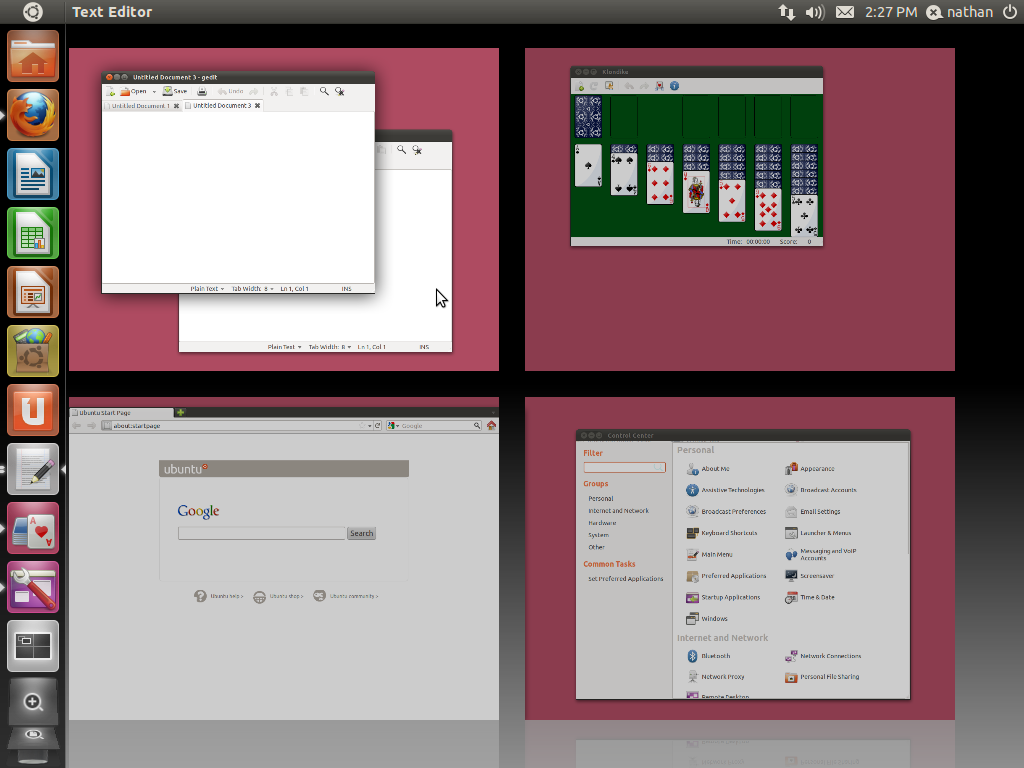

Various parts of the desktop cube can be tweaked from the extension’s settings dialog.

The add-on also requires the default horizontal workspace switcher to be present, so be sure to disable any workspace-altering extensions prior to this one. So to use the Desktop Cube GNOME extension on Ubuntu you need to be using Ubuntu 21.10 or later (or a Linux distribution with GNOME 40 or above). This 3D Cube GNOME extension requires GNOME 40 or above. The GitHub project description even states: “indulge in nostalgia with useless 3D effects”. deb package (64-bit), either through the graphical software center if its available, or through the command line with: sudo apt install.
#UBUNTU WORKSPACES REGISTRATION#
In the Manage Login Information dialog box, you can see the registration code and Region information for your WorkSpace. In the WorkSpaces client application, go to Settings, Manage Login Information.
#UBUNTU WORKSPACES INSTALL#
Much like the original Compiz cube it’s inspired by, this marvellous re-make isn’t masquerading under any pretence. The easiest way to install Visual Studio Code for Debian/Ubuntu based distributions is to download and install the. To manage your login information for a WorkSpace. Now the 3D cube effect is back thanks to Simon Schneegans (of GNOME Pie/ Fly Pie fame). Was the Linux 3D cube effect a powerful way to improve productivity? Heck no, but it sure as heck looked cool. This added depth and dimension to otherwise ‘flat’ 2D workflows. In addition, the effect made application windows “float” off of the workspace in a separate layer. It didn’t so much as leave an impression on people as leave a crater: people loved it.ĭespite being fairly showy it’s a relatively simple effect: each workspace becomes a face on a spinning, interactive 3D cube. I dare say many were first introduced to the notion of workspaces (back then Windows and macOS didn’t have them) because of this effect. Made famous by Compiz (though implemented in other window managers too) the 3D cube desktop effect was the ultimate weapon in the arsenal of “can windows do this?” attacks. Now comes the true eye-candy showstopper: the 3D cube desktop effect. We’ve seen wobbly windows, magic lamp effects, and beautifully blurred backgrounds all re-implemented as GNOME extensions. Is this a blog or time machine? I ask because I’m about to launch headfirst into 2009, aka the era of showy, superfluous Linux desktop effects.


 0 kommentar(er)
0 kommentar(er)
